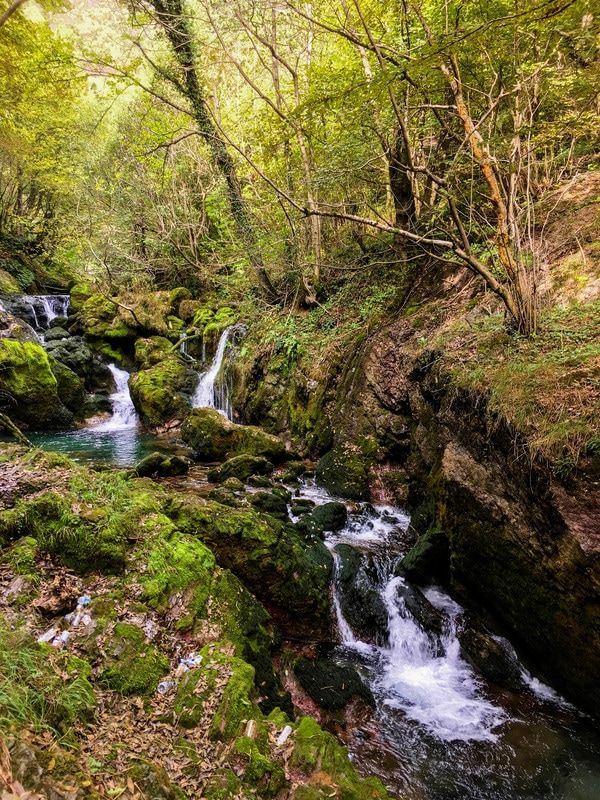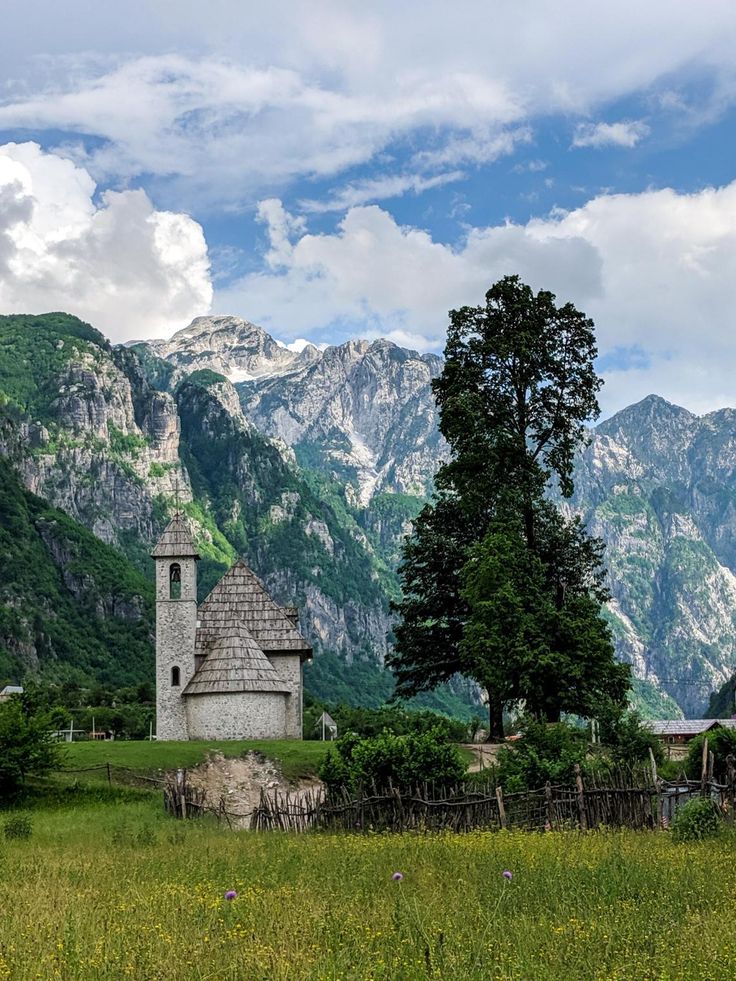Kosova and Albania Tour

- 12 Days
Adult
Child
Infant
From,
$1,850.00
Per Adult
From,
$1,850.00
Per Child
From,
$1,850.00
Per Infant
Description
Overview
DAY 1
PEJA, GJAKOVA, PRIZREN
Today we drive to Peja and Gjakova where we visit the Peja, Drin Waterfall and Decani Monastery before returning to Prizren. Prizen is one of the most scenic towns of the Balkans with a magnificent setting on the slopes of the Sar Mountains, and the former capital of historic Serbia. The municipality of Prizen is still the most culturally and ethnically heterogeneous area of Kosovo, retaining vibrant communities of Bosniaks, Turks, and Romani, in addition to the majority Kosovo Albanian population. This afternoon is free to enjoy this very secluded part of the Balkans.
Overnight in Prizren.
DAY 2
PRIZREN SIGHTSEEING, TO ALBANIA
This morning we enjoy a guided tour around Prizren to learn about the recent turbulent history and enjoy views of the fortress, stone bridges, minarets and mosques. We then make our way to Albania on a very scenic road through the Albanian Alps.
Overnight in Valbona.
DAY 3
VALBONA valley NATIONAL PARK
Today we enjoy the Valbona Valley, one of most beautiful parts of the Northern Albanian Alps with over 8000 hectares, becoming a national park in 1996. Depending on the weather, we will have an opportunity to hike a lovely trail and visit a local family restaurant in the region. The remainder of the afternoon is yours to relax and enjoy the magnificent area near our hotel.
Overnight in Valbona.
DAY 4
BOATING ON DRIN RIVER, ROZAFA CASTLE
Depend on actual timetable, we either board our small ship/ferry at the morning, or we spend the morning at the hotel, and start our cruising by lunchtime, to Koman along the Drin River. This is one of the most magnificent river valleys of the Balkans, a real ‘must see’ rivalling the famous “three gorges” of China. Upon our arrival in Koman, we board our bus and drive to near Shkodra, located on the southernmost shore of beautiful Lake Shkodra in northwestern Albania. At sunset we visit nearby Rozafa Castle, which rises imposingly on a rocky hill, 130 meters above the sea, surrounded by the Bojana and Drin Rivers. This is one of the largest and most impressive fortresses of the entire region, dating back to the Illyrian times. Here we learn about local legends, explore the ruins and enjoy beautiful views over the rugged landscapes.
Overnight in Shkodra.
DAY 5
SHKODRA, MEMORIAL OF SKANDERBEG, KRUJA, TO TIRANA
Skhkodra is one of the oldest and most historic towns in Albania. It is a vibrant and important cultural and economic center and has a pulsating street life. Many visitors feel that Shkodra is the soul of Albania. The most attractive quarters of the city are commonly called the Pjaca. We stop quickly to take a photo of Mother Teresa’s memorial statue before visiting the Shkodra Cathedral. This morning we visit the Ethnic Museum of Shkodra to learn about the religions within Albania. We then continue on to Lezha where we see the memorial of Skanderbeg, the most prominent figure of medieval Albanian history. From here we make our way to Kruja, where we see the Old Castle and the Museum of Skanderbeg. After visiting the nearby Ethnographic Museum, we stroll through the Old Bazaar. We then make our way to Tirana, the capital of Albania. Modern Tirana was founded as an Ottoman town in 1614. Tirana became Albania’s capital city in 1920 and has a population of over 800,000, including the new quarters around the city. The Tirana River runs through the city which also has four artificial lakes. We arrive in Tirana just in time for dinner.
Overnight in Tirana.
DAY 6
TIRANA SIGHTSEEING
After breakfast we visit first the National Museum and Ethem Bey Mosque. After lunch we drive through the ex-communist blocks and enjoy some freetime, before heading to the Headquarters of the Muslim Bektashi Sect, followed by a leisurely excursion to Mt. Dajti by cable car. From here, we enjoy our dinner with amazing views of the illuminated city, including the Adriatic Sea in the distance.
Overnight in Tirana.
DAY 7
ARDENICA MONASTERY, APOLLONIA RUINFIELDS, DRIVE ALONG LOGARA NP’S COAST TO SARANDE We start our day with a drive to Ardenica Monastery, an Eastern Orthodox monument, which was started in 1282. The monastery has Byzantine-orthodox architecture and includes the Saint Mary Church and the chapel of the Saint Trinity. We then make our way to visit the huge Roman ruins of Apolonia, founded in 588 BCE by Greek colonists from Corfu and Corinth. The site was initially occupied by Illyrian tribes and was perhaps the most important of the several classical towns of the area, as well as an important port along the route between Rome and Byzantium. Later we drive along the mountainous roads of the Llogara National Park and the Albanian Riviera, enjoying the beautiful scenery and fantastic landscapes of the Ionian coastline. We arrive in Sarande in the late evening.
Overnight in Sarande.
Day 8-9 (Beach day in Saranda)
DAY 10
BUTRINT RUINFIELDS, TO GJIROKASTRA (UNESCO)
After making our way back to mainland Albania, we drive to nearby Butrint (UNESCO), Albania’s most important archaeological site. Butrint was an ancient Greek city and later, a Roman city in Epirus, located on a hill overlooking the Vivari Channel and Butrint National Park. Later we arrive to one of the most remarkable Albanian towns, Gjirokastra. Here, the rest of the afternoon is yours to relax or explore.
Overnight in Gjirokastra.
DAY 11
OTTOMAN TOWN OF GJIROKASTRA, TO BERAT
This morning we explore Gjirokastra, the birthplace of former iron-fisted dictator of Albania, Enver Hoxha. Its old town is inscribed on the World Heritage List as “a rare example of a well-preserved Ottoman town, built by farmers of large estates”. Gjirokastra is situated in a valley between the Gjere Mountains and the Drino River. The city is overlooked by Gjirokastra Castle, which includes a pre-Ottoman citadel with a weapons museum and former political prison. We also visit an Ethnographic museum, housed in the building in which Enver Hoxha was born. Later we drive to Berat along the Drino River, one of the most scenic river valleys of the country.
Overnight in Berat.
DAY 12
BERAT SIGHTSEEING, DURRES, TO TIRANA
This morning we explore Berat, which lies on the eastern bank of the Osum River. Berat has a wealth of beautiful buildings of high architectural and historical interest. Berat is known to Albanians as “The City of a Thousand Windows” or “The City of Two Thousand Steps”. It was proclaimed a ‘Museum City’ by the dictator Enver Hoxha in June 1961. We visit the citadel on the top hill of the city and Onufri Museum, which has 16th century mural paintings by Onufri, Albanians most famous Medieval painter. We also see the King’s Mosque, and the Bachelor Mosque or the Helvetian Tekke, which was built in 1782. After lunch, we drive to the second largest city in Albania, Durres, which sits on the Adriatic Sea.
The city is located on the central Albanian coast, where we visit the Roman amphitheater and archaeological museum, before making our way back to Tirana in time for our farewell dinner. Overnight in Tirana. Farewell dinner.
Duration
12 Days
What's Included
- Air-conditioned vehicle
- Guide & Driver Service
- All Fees and Taxes
- Breakfast
Maps
From $1,850.00
Book This Tour
Have a question in mind
Looking for more info? Send a question to the tour agent to find out more.
You might also like
Travel is my life. Since 1999, I have been traveling around the world nonstop. If you also love travel, you are in the right place!


